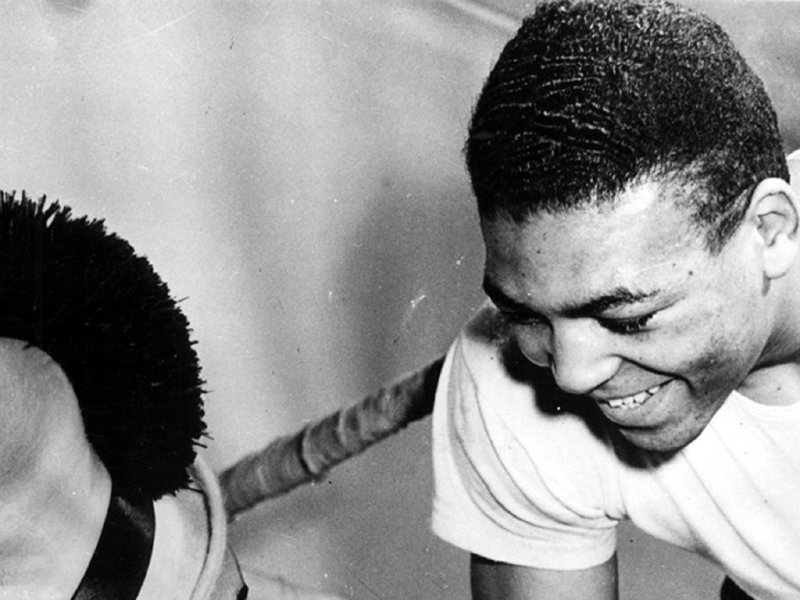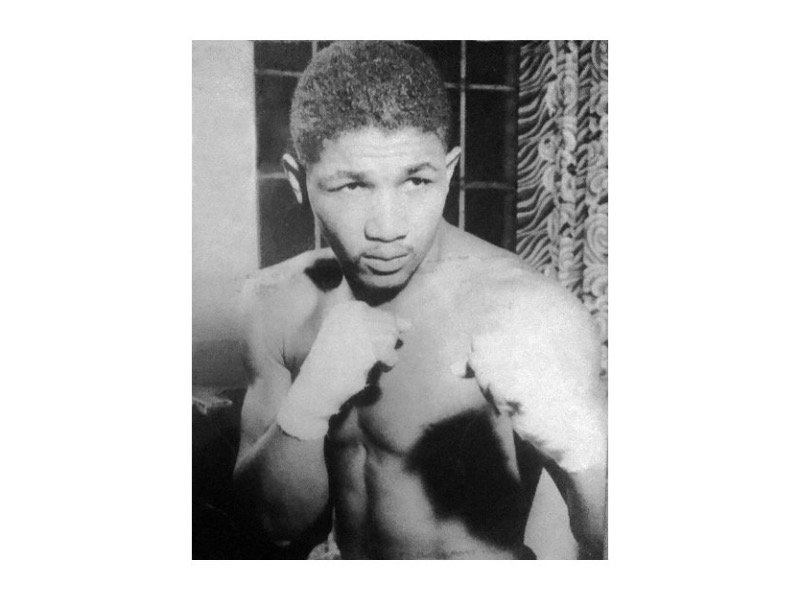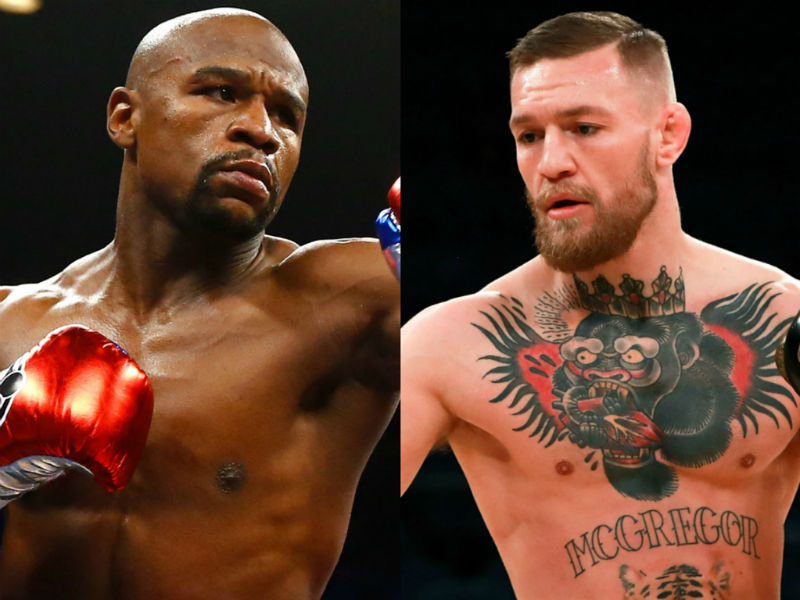Born on Leap Day 88 years ago, Jimmy Sherrer became one of the top boxers in Milwaukee ring history and a contender for the welterweight championship of the world. But before he put on his first pair of Everlast gloves he'd already won the toughest fight he would ever have.
"The kid who came back almost from the grave," is what Milwaukee Sentinel sportswriter Stoney McGlynn called the 21-year-old welterweight in 1945, referring to the childhood years Sherrer spent listening to doctors say the best he could hope for was to be on crutches for the rest of his life.
Sherrer and his family moved to Milwaukee from Memphis when he was a year old. Jimmy hurt his back in a childhood accident, and a condition known as spinal tuberculosis set in, an infection causing bone destruction, fracture and collapse of the vertebrae. The only hope was a risky operation in which a piece of his shinbone was removed and grafted to his spine, and according to newspaper accounts Sherrer's was the first such surgery performed in Milwaukee. Then he spent three years flat on his back at Children's Hospital and various convalescent homes.
When he was 13, Sherrer visited the boxing gym in the basement of the Milwaukee Urban League on North 9th and West Vine Streets. Running the show there was Baby Joe Gans, who'd ended up here stranded and broke in 1937 after a boxing career that would've been even more spectacular and certainly more lucrative if the uniquely talented Gans had been white instead of black.
Already a seminal figure in Milwaukee boxing, Gans became one in Sherrer's life when he got the crippled, underdeveloped youngster to start exercising as much as he was able.
Six years later, after winning his first of several amateur boxing championships with Gans in his corner, Sherrer gave his trophy to one of the doctors who'd told him years earlier that he'd never walk again.
The graduate of Lincoln High School turned professional in 1944 and quickly became a favorite of Milwaukee boxing fans thanks to the skills imparted by Gans, plus a thousand-watt smile and a natural decency that made him stand out on both sides of the ropes.
"A clean-living young American Negro, Jimmy is not only a credit to his race, but to the fight game and young American as well," gushed McGlynn on the morning of Sherrer's debut as a main-event fighter.
In the other corner at Borchert Field on Aug. 1, 1945 was veteran Billy Parsons of Danville, Ill. While more journeyman than Superman, Parsons was no pushover. He'd knocked out state 147-pound champ Savior Canadeo (brother of Tony, future Green Bay Packers running back and pro football Hall of Famer) with one punch, and just a month earlier in Chicago Parsons had lost a decision in eight rounds to Sherrer that Parsons' manager said cried out for an investigation of the judges' eyesight, if not their ethics and sanity.
It was Sherrer's 19th pro fight (with just two defeats), and 3,000 fans came out on the rainy, humid evening to see the Milwaukee boxer defeat the visitor so handily that after 10 rounds the only thing shut tighter than Parsons' swollen eyes was his manager's mouth.
A year later, after Sherrer beat Frankie Angustain in front of 6,000 fans at the famous Hollywood Legion Stadium, The Ring magazine said "the classy Milwaukee Negro has taken the West by storm." The San Francisco Chronicle called him "a newcomer with a touch of class."
Cocky, redheaded Tommy Lemmon was the top welterweight in town when he joined the U.S. Army during World War II. After helping liberate Europe, Lemmon wasn't happy to come home and find Sherrer the new Milwaukee favorite, and made no bones about what he intended to do to him when they fought at the Milwaukee Auditorium on July 29, 1946. Sherrer's idol was Joe Louis, and like the heavyweight champion he made the most of a few words. Apprised of Lemmon's bragging, Sherrer held up his right fist and said, "I'll do my talking in the ring with this."
"Anyone who did not see it can hardly imagine the terrific beating Lemmon took in less than one round," wrote R.G. Lynch in the Journal. "After the 10 count, referee Dauber Jaeger picked him up but could not hold him. The redhead pitched on his face again and had to be carried to his stool. He was out for several minutes. Lemmon simply got out of his class."
Boxing is almost a totally different sport now. You can barely count all the champions in a single weight class on the fingers of one hand. Some have had fewer fights in their whole careers than Sherrer did before he fought 10 rounds for the first time. What a wide swath he'd cut today.
When I met him a few years before he died on Sept. 3, 2003, Jimmy was back in a wheelchair thanks to new health issues. But that smile and spirit were still incandescent. He was proud enough – in a very humble, understated way – of his 70-fight boxing career and the fame it brought him, but his favorite memories were of the daily training grind most fighters hate but he loved because it had given him the life the doctors said was out of his reach. More than once I found him doing "roadwork" – arduously propelling himself in his wheelchair around the block on his tiptoes.
"Roadwork every day, and in the gym. It's complete sacrifice," he said reverently about the old days. "That's what I miss about boxing: the sacrifice."
Lloyd Larson of the Sentinel wrote his epitaph way back in 1947 when he called the Leap Day legend "a credit to Milwaukee."







